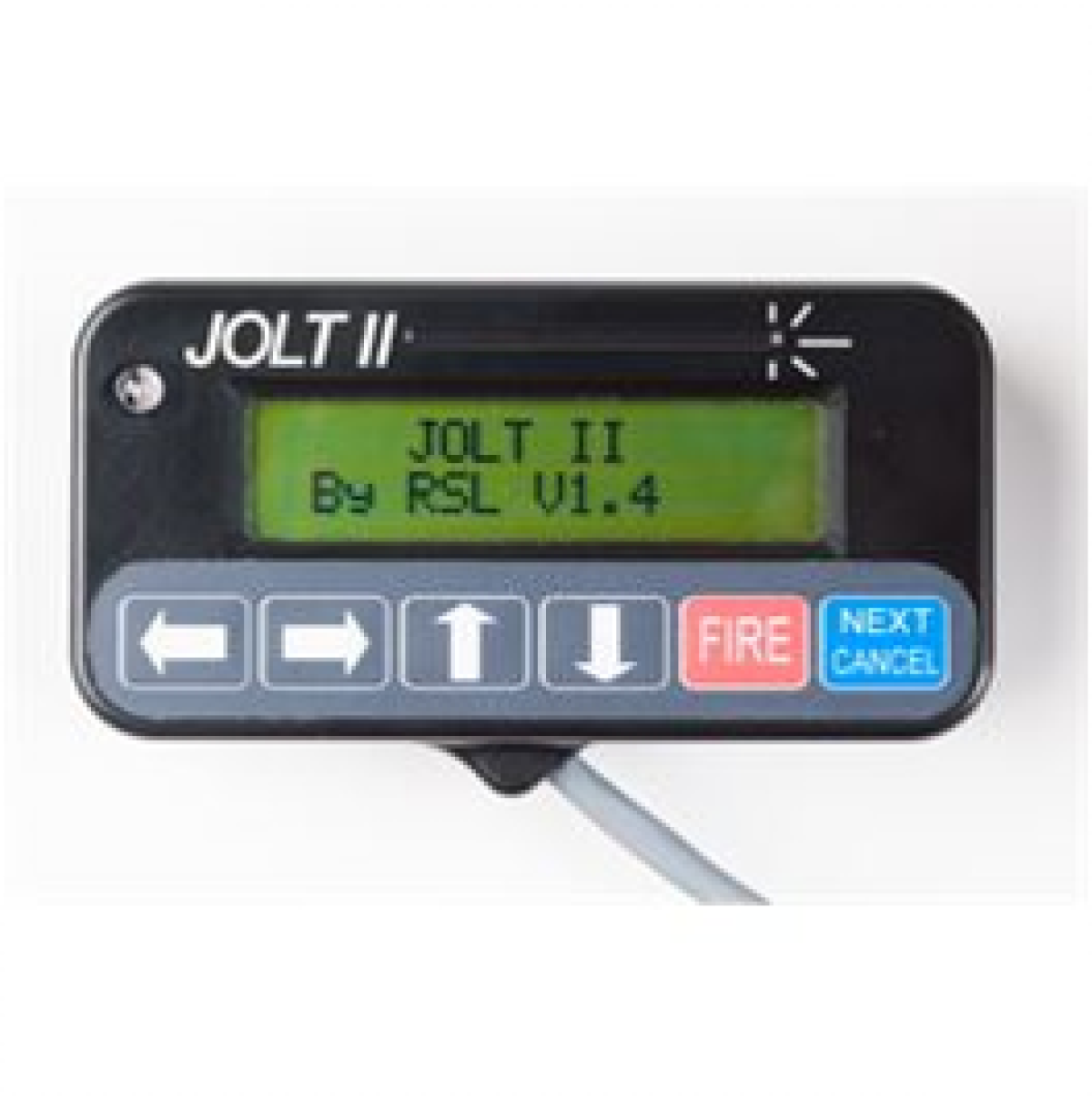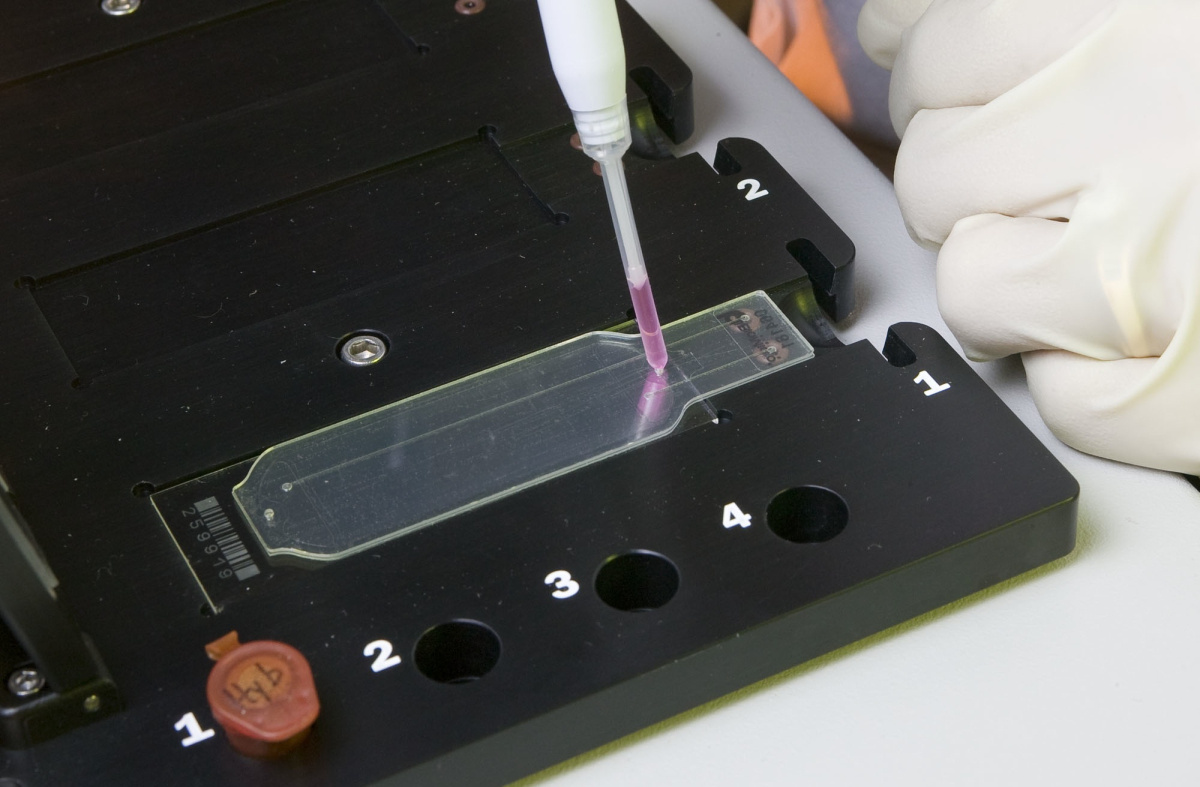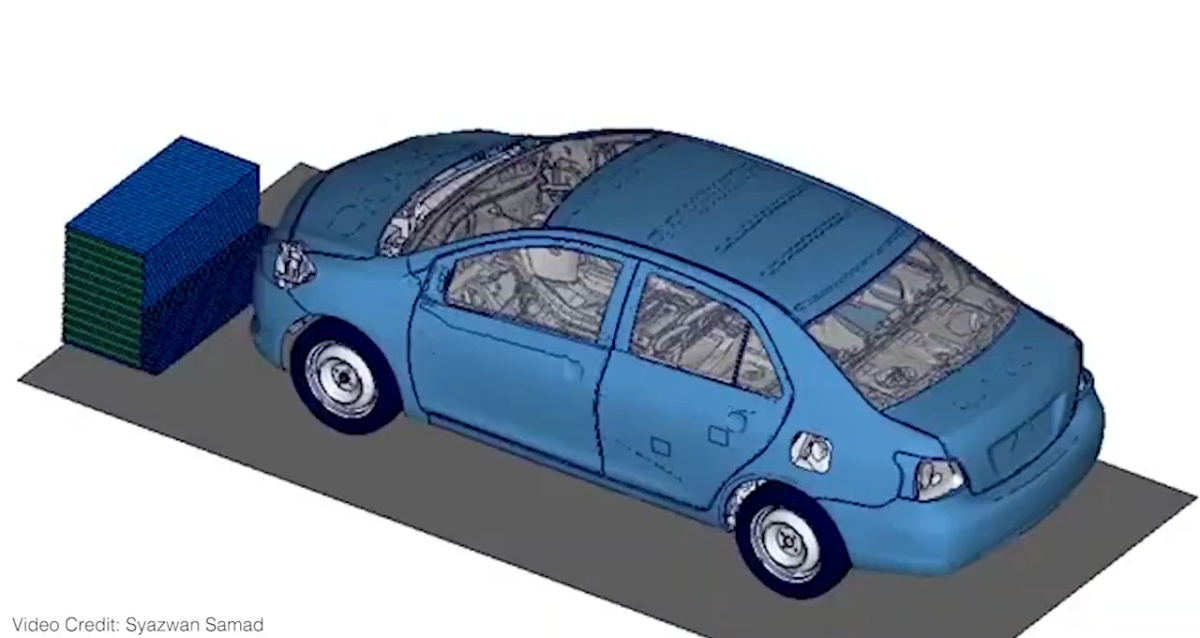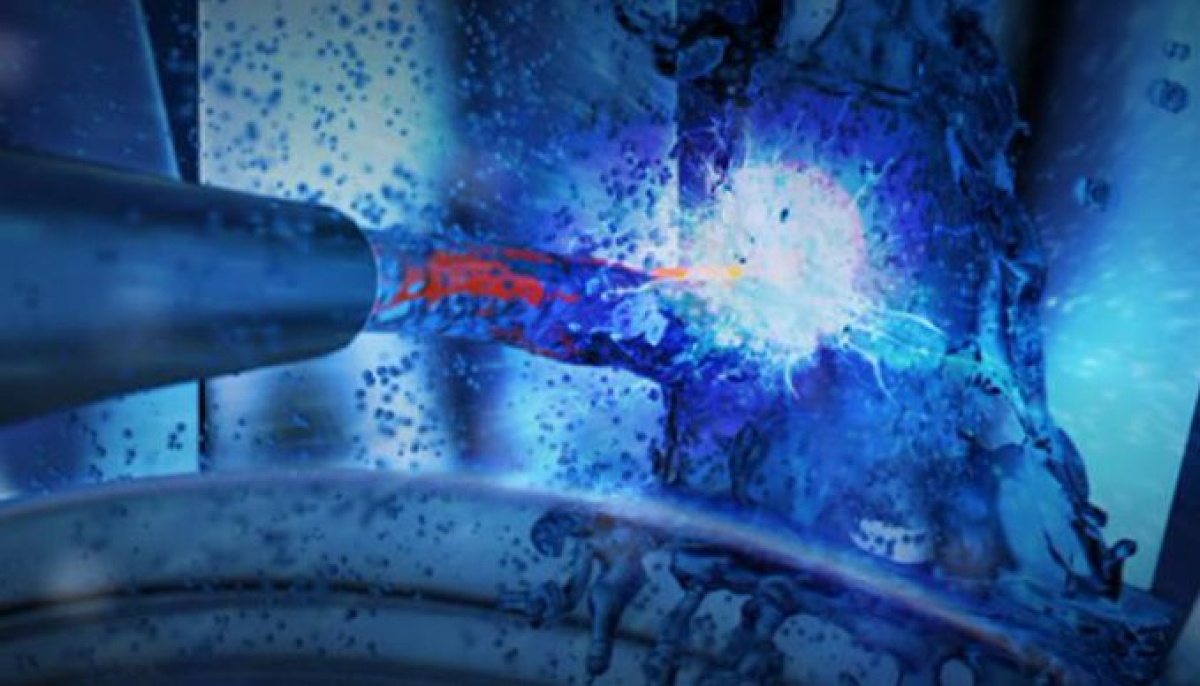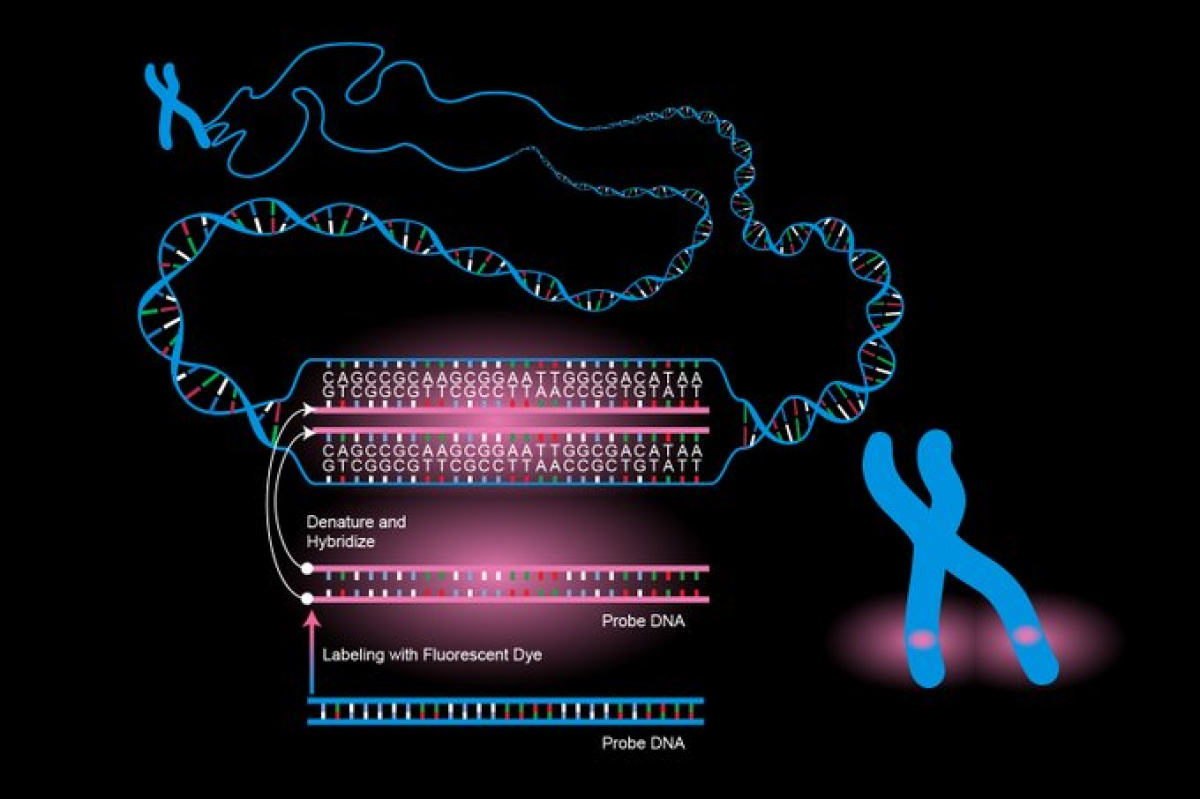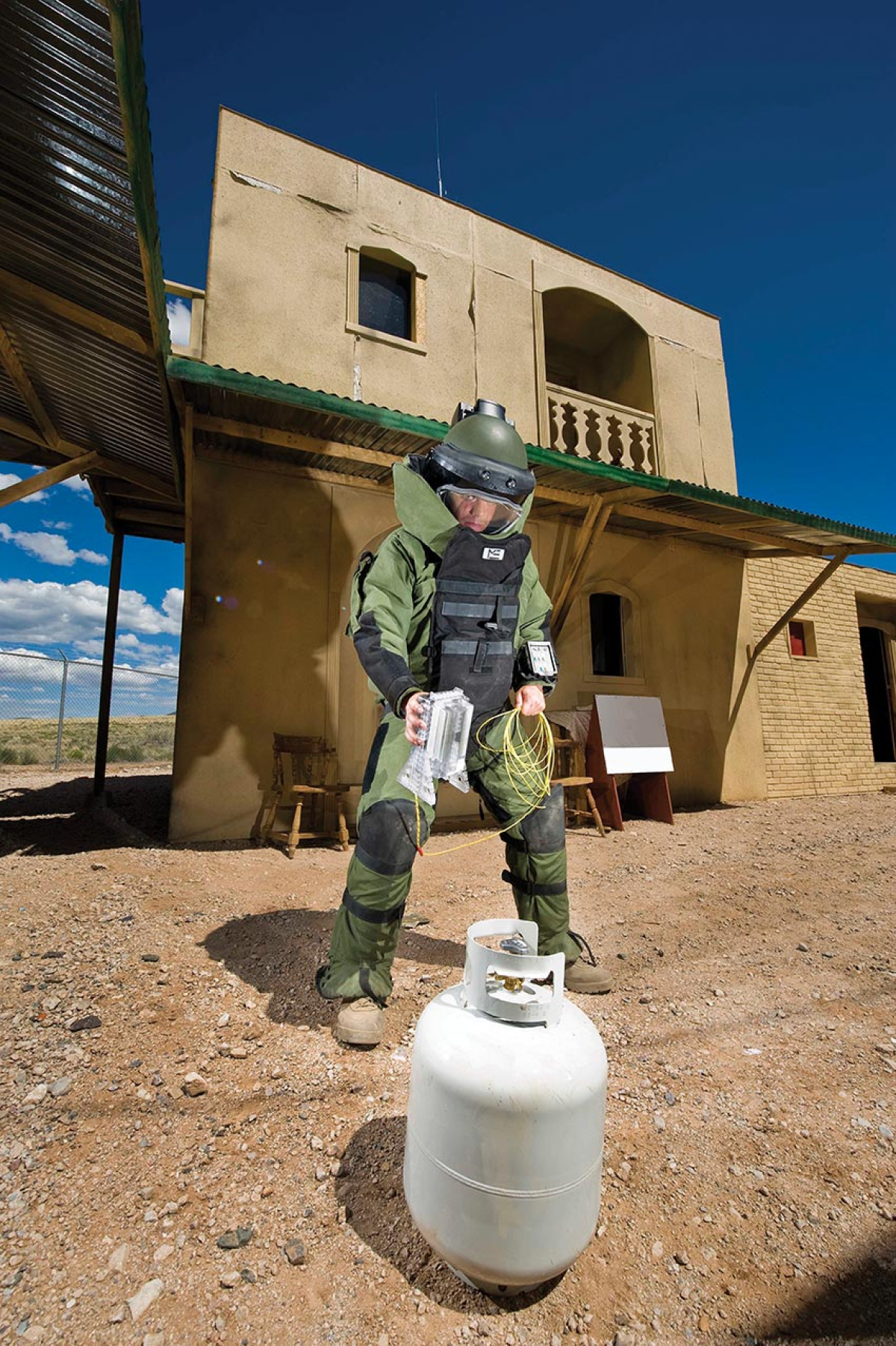Click to learn more about NNSA's Defense Programs missions.
The expansive scope of research and development activities across the Nuclear Security Enterprise results in numerous innovative technologies that support national security missions while benefitting people’s everyday lives. Technology is when intellectual property developed at NNSA’s national security facilities are transferred to other private industries, academia, and state or local governments. Technology transfer is a complex interaction between science and technology development, intellectual property law, and business practices. The Nuclear Security Enterprise accounts for the largest accumulation of patents issued to the federal government in our nation. To maximize these technological impacts, NNSA's Office of Technology and Partnerships leads technology transfer efforts through strategic actions that uphold the three main pillars of:
- Technology transfer for mission
- Data analysis in support of commercialization
- Commitment to DEIA in the technology transfer and commercialization landscape
The strategic actions are the planned efforts meant to address the challenges associated with technology transfer and are supported by NNSA’s technology transfer program managers. These actions, which provide a pathway to fulfill the three pillars of technology transfer, are:
- Advancing, commercializing, and refining technology;
- Developing, recruiting, and retaining workforce;
- Promoting economic growth;
- Establishing public recognition and brand awareness;
- Engaging in outreach and establishing collaborative partnerships; and
- Safeguarding U.S. technological innovations.
NNSA and its national laboratories, plants, and sites are mandated under the Stevenson-Wydler Technology Innovation Act of 1980, the United States Federal Technology Transfer Act of 1986, and the Bayh-Dole Act to participate and budget for technology transfer activities.
TECH TRANSFER HIGHLIGHTS
Check out our Technology Transfer Calendars – now for print or digital use! – to learn about our coolest lab innovations over the past year.
- NNSA Tech Transfer 2024 Calendar
- NNSA Tech Transfer 2024 Desktop Calendar Backgrounds
- NNSA Tech Transfer 2023 Calendar
Sandia National Laboratories created over $95 billion of economic impact through technology transfer.
Learn about the evolution of some of the National Laboratories' greatest tech transfer projects through our success stories.
Click through the gallery to learn more about NNSA's tech transfer achievements.

Technology transfer has a large positive impact on business. In FY 2022, technology transfer had 516 agreements with businesses (over $60M); and cumulatively, there were over 870 active agreements (over $110M) with technology transfer partners.

NNSA Technology Transfer Programs
The Department of Energy’s Office of Technology Transfer and NNSA have partnered with FedTech to pair passionate entrepreneurs with the latest developments in technologies from the national laboratory network. Teams of entrepreneurs launch their own tech-focused ventures by using the lean startup model to explore both the viability and pathways to commercialization for a specific technology. Entrepreneurs in this program gain business development experience and networking opportunities with the government. The technologies utilized are at the forefront of innovation and have the potential to advance the economic, energy, and national security interests of the United States. Numerous technologies are evaluated and given a thorough assessment based on their technology readiness level (TRL) and their market viability before teams of entrepreneurs are selected.
Through the evaluation of previous participants in the program, it is recognized that entrepreneurs were limited to the business aspect of technology transfer. We have resolved this issue by selecting technologies that are of higher TRL and that have a greater potential for commercialization. Teams of entrepreneurs from the Emerging Tech Studio Program have proven that the technologies from the laboratories are multi-purpose technologies that can have multitudes of commercialization potential by obtaining licenses from outside entities.
The Technology Maturation Grant Program’s objective is to facilitate technology transfer’s connection to stockpile stewardship. To do this, investments are made to mature early-stage technologies that are beneficial to the stockpile and that have commercial value. This increases the likelihood of the technology returning to the Nuclear Security Enterprise after further development in the private sector.
Unseen challenges that hinder the invention of new technologies often emerge during these early stages. Initial investments into science and technologies are funded at the laboratories, plants, and sites by Laboratory Directed Research and Development funding. Some of the technologies are not selected for further programmatic funds yet benefit the stockpile. With the Technology Maturation Grant Program in place, the NNSA gives an opportunity for these inventions to make it past the “valley of death.” The technologies chosen for this grant must directly benefit NNSA’s Defense Programs and have an endorsement from the laboratory Technology Transfer Office for commercialization value, Technologies chosen receive funding for their project and are able to work with other project teams in the NNSA Technology Transfer Program. Throughout the duration of the project, the awardees are required to produce quarterly progress briefings and updates.
Energy I-Corps is a 2-month, immersive training for researchers and industry mentors during which they define technology value propositions, conduct stakeholder discovery interviews, and develop viable market pathways for their technologies. In the process, these researchers and industry mentors return to the laboratories to create a market-aware culture and provide a framework for industry engagement. By training national laboratory researchers, they gain a better understanding of the commercialization process and private sector needs. This, in turn, increases the number of national-laboratory-developed technologies that are transferred into commercial development and industry agreements.
The Technology Innovation Partnership Program allows any university with either a technology commercialization or a law principles program to partner with NNSA to utilize NNSA laboratory technology as a case study. In return, the originating laboratory receives any university-developed commercialization plans. NNSA has partnered with the Emory University School of Law to provide laboratory technologies as case studies for their TI:GER Program . The TI:GER Program brings together the four main principles of technology start up projects: law, business, science, and engineering. Graduate students from these different educational disciplines collaborate on start-up projects to transform high-potential research projects into economically viable products. Students receive practical, hands-on experience and can also view the transformation from research to a start-up from a multidisciplinary approach, helping them expand their teamwork abilities while exposing them to top executives, entrepreneurs, and attorneys. Each TI:GER team is paired with a business mentor, an attorney mentor, and a professor from Emory Law while taking program courses. This program is highly competitive with only 12-18 students per year. This program builds familiarity with the enterprise and supports students working on technology transfer for the NNSA in the future.
The main purpose of the Inspiring Diversity in Entrepreneurial Activities (IDEA) Seminar is to stimulate diversity in the domain of technology transfer. The seminar is aimed at undergraduate engineering students at historically black colleges and universities (HBCUs), tribal colleges and universities (TCUs), and other minority serving institutions (MSIs) in the hopes of educating students about all the opportunities available in the technology transfer field. Many students are unfamiliar with technology transfer. By defining invention, technology transfer, and commercialization while sharing what opportunities exist within this enterprise, NNSA sparks the interest of future engineers and helping to develop the future workforce through training and recruitment. The IDEA Seminar provides students with information on how to partner with the DOE national laboratories and assists with continuing efforts to include diversity, equity, inclusion, and accessibility (DEIA) principles in Technology Transfer.

